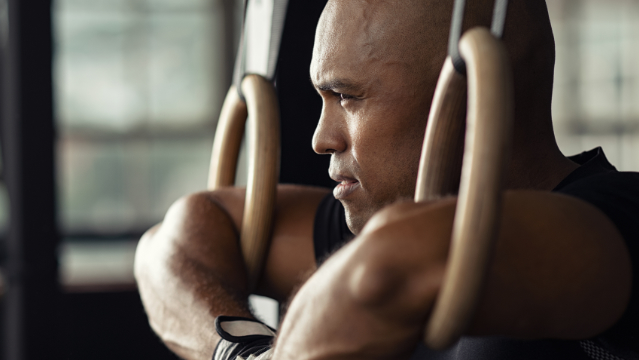


As unfortunate as it is true, injuries and sports go hand in hand. An average of 8.6 million injuries in sports and recreational activities occur each year, which equates to about 34 injuries for every 1,000 individuals that participate. While some minor injuries might only lead to a short gap in participation, others can end seasons and lead to long-term complications if not rehabilitated properly.
Naturally, this causes most athletes to focus their energies not only on excelling in their respective sport, but also on keeping their risk for injury as low as possible.
One of the best ways to accomplish both of these goals is through an approach called sports periodization. The process of periodization involves planning one’s athletic training using a cyclical format that divides the year into specific blocks, with each block having a particular goal and every aspect of training being based on when the athlete needs to be at their optimal performance level. By designating when training intensity should be increased and when recovery is needed, an athlete can effectively increase their physical fitness while reducing their risk for overtraining and overuse injuries.
Macrocycles, mesocycles, and microcycles
In sports periodization, training blocks are referred to as cycles and training is divided into three primary types of cycles: macrocycles, mesocycles, and microcycles. Organizing and planning these cycles is an extremely individual process that should be based on when peak competition takes place in each calendar year, as well as the athlete’s maximum potential, their previous performances, and goals for the year. This means starting with a firm macrocycle in place and then refining it with smaller meso- and microcycles to guide training for month, week, and day.
Macrocycle
Mesocycles
Microcycles
In our next newsletter, we’ll review some other methods that can help reduce your injury risk.